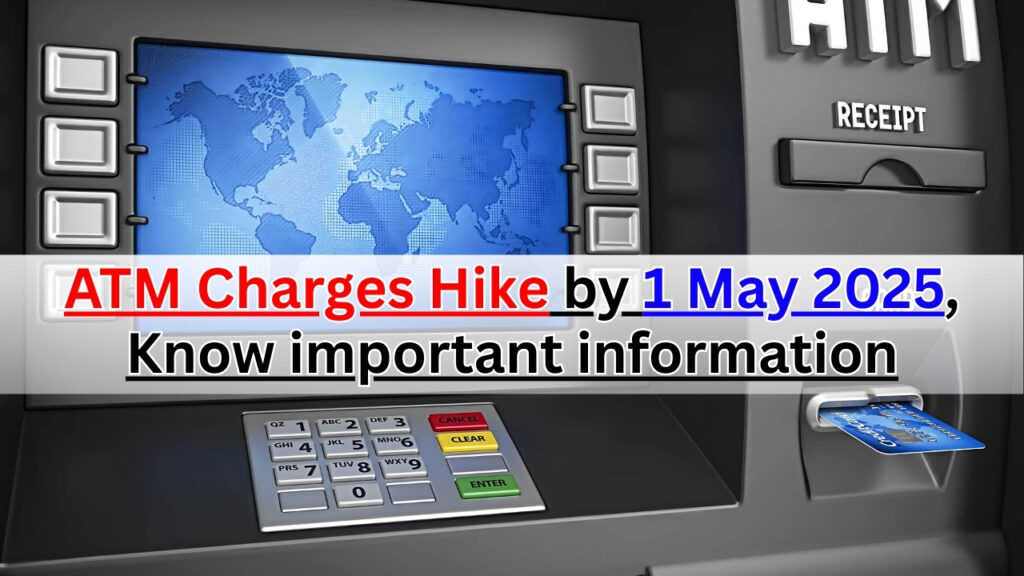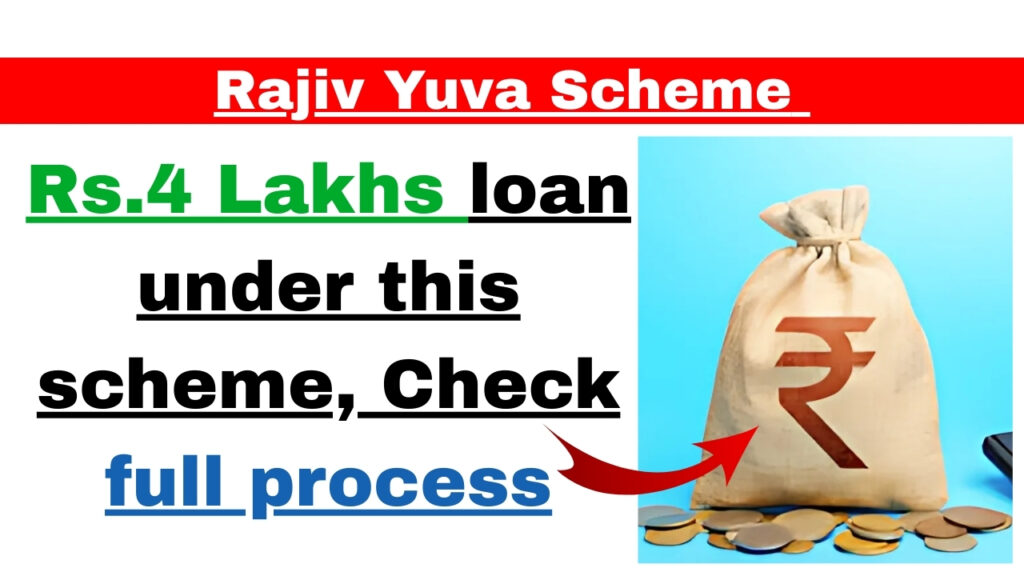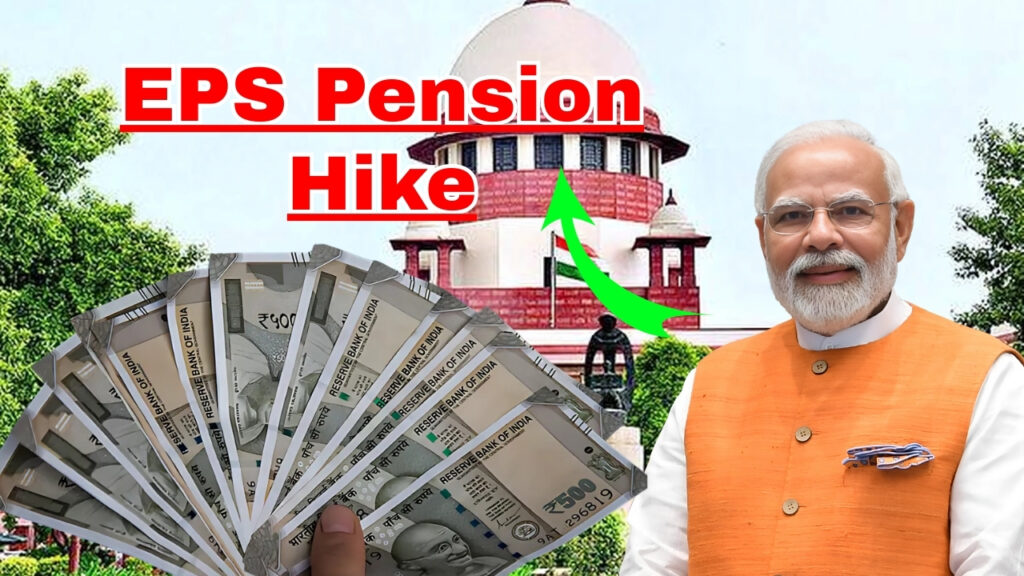Senior Citizen : In today’s uncertain financial climate with changing interest rates and high market risks, senior citizens have a special challenge, ensuring that they can maintain their life savings and have sufficient income during their retirement years! In such a scenario, the Senior Citizens Special Deposit Scheme has emerged as a clear favourite, providing an attractive interest rate of 8% which arguably exceeds higher than many conventional fixed-income options present in the market at present.
This plan which is tailored for those individuals who are more than 60 years of age; gives not only increased returns but also the comfort and security which becomes much more important after retirement.
With inflation eroding purchasing power and rising medical costs, this 8% return opportunity serves as a critical financial instrument for senior citizens who want to grow their income without taking on extra risk.
Table of Contents
Senior Citizen What the 8% Advantage Really Means

The biggest draw of the scheme is its interest rate, which is well above the ones provided by a typical bank fixed deposit and many other products targeted at seniors:
Current Market Scenario The competitive market today has the following features: OPPORTUNITIES Threats.
-
Regular bank FDs: 5.5-6.5% for senior citizens (special rates)
-
Post Office Monthly Income Scheme: 7.1 percent
-
Corporate Fixed Deposits: 7-7.5% (with relatively greater risk)
-
Senior Citizens Savings Scheme: 8.2% (subject to the investment limit)
-
This Special Deposit Scheme: 8% (higher limits and more benefits)
Ramesh Iyer, a retired 68-year-old government servant from Pune shares, “I invested Rs 15 lakh last year in this scheme after comparing available options.
The FDI interest deposits has been so consistent, and have succumbed me to receive around Rs. 10,000 every month, and that too, without any effort at all! This guaranteed income has been a great help in paying my household bills without having to dip into or touch my original amount.”
Interest is compounded quarterly with makes the yield slightly higher than the stated 8% annual rate. For retirees relying on regular interest income, the scheme provides payments through direct bank transfers or quarterly cheques, the latter an option for the investor.
Senior Citizen Who is eligible and what paperwork is needed?
The scheme has simple eligibility criteria targeted at the senior citizen group:
Primary Eligibility:
-
Not below 60 years of age (Concession up to 55 years in case of retired employees of P.A.O. Sabarmati).
-
Indian citizen or resident of India
-
Proof of identity and address is a requirement
Required Documents:
-
Date of Birth documents (Passport, Driving License, Voter ID, Aadhaar)
-
Proof of Address (Utility bills, tax receipt, bank statements)
-
2 Passport size photographs
-
Bank account information for interest Teakademokees.acc for the credit
-
PAN card required for investments over Rs. 50,000
-
Registration Form (required).
In case of a joint acccount which is allowed with spouse or with any other senior citizen only, primary applicant should be an eligible senior citizen, (age criterion) and the joint holder can be spouse,who in this case may be below the age of 60. The primary account holder is the account administrator.
“The documentation (process) has been very simplified compared with previous one,” says Kavita Sharma, a relationship manager at a public sector bank in Delhi participating in this scheme.
“All the senior applicants that apply get the process done in one day…if they come with the forms filled in correctly — and bring all documents,” Most of the senior applications are done in one visit.
Senior Citizen Limits on Investments, and Liquidity Options
The plan is a compromise between the requirement for higher returns and some flexibility in terms of investment quantum and liquidity:
Investment Parameters:
-
Minimum investment: Rs. 1,000
-
Maximum investment: Rs. 30 lakh in respect of individual accounts
-
Maximum joint account: Rs. 45 lacs (the two joint account holders if both are eligible as seniors)
-
Additional investment: In multiples of Rs. 1,000
Although it is a long-term investment with a lock-in period of 5 years, however, being a scheme for seniors, there can be emergencies. Thus, it has several funding features:
Early Withdrawal Options:
-
Emergency withdraw allowed after 1 year — penalty 2% of the interest earned
-
Reduced 1% penalty on medical emergency withdrawals with proof of medical condition
-
Loan facility upto 75% of deposit avl after6months
-
Early closure permitted on death of the primary account holder without penalty
Vijay Mehta, a retirement planning financial advisor, says, “Although an 8% return certainly is enticing, seniors should generally invest only the money that they won’t need for the entire 5-year term. And they keep a separate emergency fund in more liquid instruments so they don’t have to cash in this deposit and pay a penalty.”
Senior Citizen Tax Implications and Benefits
The following is the tax treatment of this scheme with few senior citizen friendly provisions but where interest is taxable:
Tax Considerations:
-
TDS at 10% is to be deducted if paid interest during the year exceeds Rs 40,000 (Rs 50,000 for super senior citizens aged 80 or above.
-
TDS is exempted by submitting Form 15H if total income is less than taxable limit
-
It is the portion of your investment that is not tax deductible under Section 80C.
-
Section 80TTB Interest income available for special senior citizen deduction of Rs. 50,000
“Section 80TTB is especially beneficial for this scheme as per the viewpoint of a tax planner like me,” says Chartered Accountant Deepak Gupta, who advises dozens of elder clients on their tax matters. This would then, in a sense, render a big part of the interest tax free – improving the true return above 8% for plenty of ordinary-income seniors.”
How to join and manage your account
It is being made available through a widening number of approved organisations — and the application process is simple:
Where to Apply:
-
Public sector banks notified for the purpose of that section
-
Choose authorized Private Banks
-
Certain region post offices
-
Certain cooperative banks with sanction of the authorities
Application Steps:
-
Get the application form from the nearest accredited bodies or download online from their website
-
Fill in the form – Personal details, investment amount and nominee details
-
Join a Passport Size Photo and KYC Documents (As mentioned)
-
Deposit aalong with the amount of investment at the respective counter
-
Acknowledgement and temporary receipt shall be given to the receiver.
-
Deposit Certificate to be collected in 7-10 working days
Digitisation of Account Management Over the years, the institutions have increasingly digitised the account management process and you can access your account online for viewing the statement, interest credit and for making nomination change. In person If nothing else, the bank will be looking to offer in-branch services for the elderly.
For people like retired teacher Lakshmi Nair, 72, from Trivandrum, the approach is appreciated.”I’m quite comfortable with basic mobile banking, but the option of the branch in case of complex queries gives me assurance. I recently had to update my nomination after my husband passed away and the staff held my hand through it all with such dignity and respect.”
Senior Citizen How it Stacks up to Other Senior-Focused Options
8% return is attractive but it is always better to compare this scheme with other alternatives in line with your need and financial planning …..
SCSS vs. This Plan: Senior Citizens Savings Scheme provides a slightly higher rate at 8.2% but has a cap on investment to Rs. 15 lakhs, and pre-term withdrawal is more stringent. But yes, one enjoys the Section 80C tax benefit on the principal investment.
Difference between PMVVY: With Gauranteed Pension Pradhan Mantri Vaya Vandana Yojana gives Guaaranteed pension is with the pradhan Mantri Vaya Vandana Yojna.But the difference is, the product itself is an annuity product not a deposit product. It delivers monthly income straight, not as interest credits.
Bank FD Special Senior Citizen rates: These give less returns (usually 0.25-0.5% higher than normal rates), but you have the flexibility in tenure, different tenure options are there and you may find wider branch network of bank easily.
Corporate Deposits: A few corporate FDs may provide similar rates but come with credit risk which the government-backed schemes do not, thereby making them appropriate for at best a small part of a senior’s portfolio.
Financial planner Sanjay Khanna suggests, “For most of my senior citizen clients, the right approach is about balance – some funds in the more liquid bank deposits, some in the SCSS for the tax benefit, and allocating a significant part to this 8% for the best combination of returns with reasonable liquidity.
Senior Citizen Real User Experiences
Real subscribers’ experience is the best demonstration of such a scheme’s practical impact:
Visakhapatnam-based retired naval officer Commander Suresh Menon, 70, said: “In my wife’s case with the last medical emergency, we found our regular Fixed Deposit returns were not able to keep pace with the healthcare inflation.
I moved Rs. 25 lakhs into this scheme and our monthly interest jumped by close to Rs. 4,000—I was able to meet her quarterly check-ups and medicines without touching our corpus.”
Leela Desai, 65, who took voluntary retirement from banking in senior position on decision to move to Mumbai because all parents were in other cities and current home came to me from mother, Rs 1 croreInvestor, Mumbai The scheme gave peace of mind I required predictable returns without market anxiety because I was managing my mother’s health and retirement together. The 8% guarantee allows me to budget for the expense with certainty for the next 5 years.”
With interest rates responding to broader economic trends, the certainty that the 8% scheme provides is getting more and more prized by seniors. For investors looking to boost return without sacrificing safety, it’s among the most-attractive choices in today’s financial world — as long as the five-year investment horizon fits into their retirement plans.










